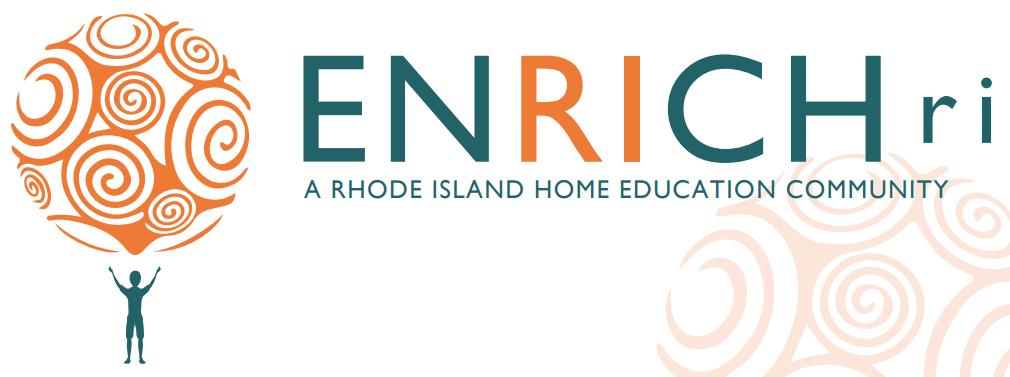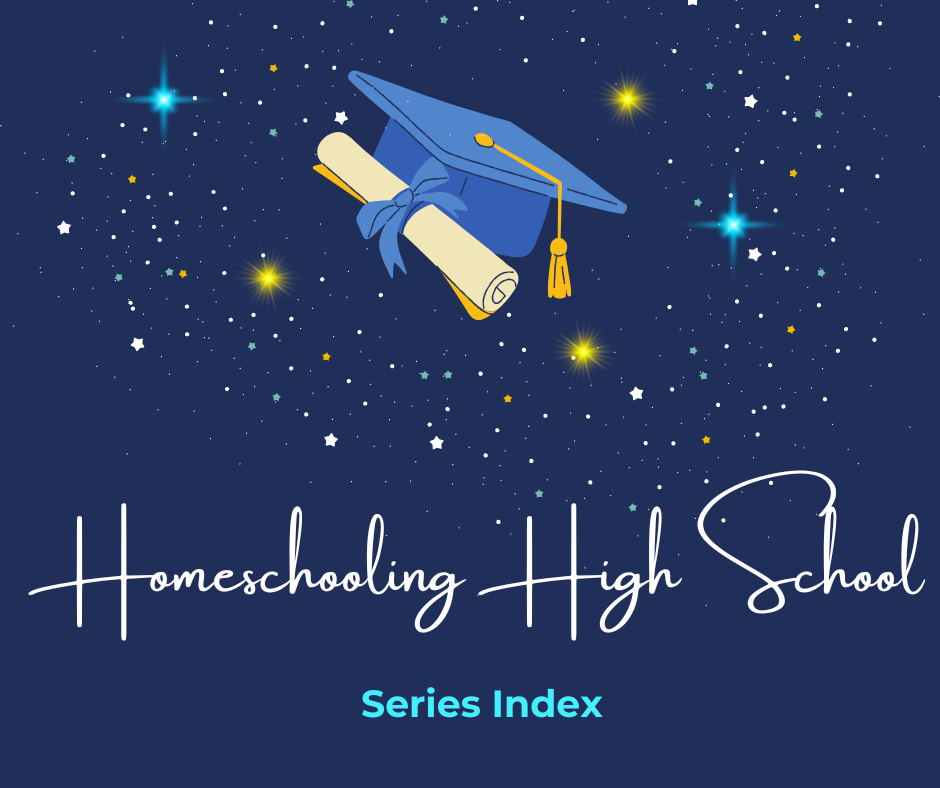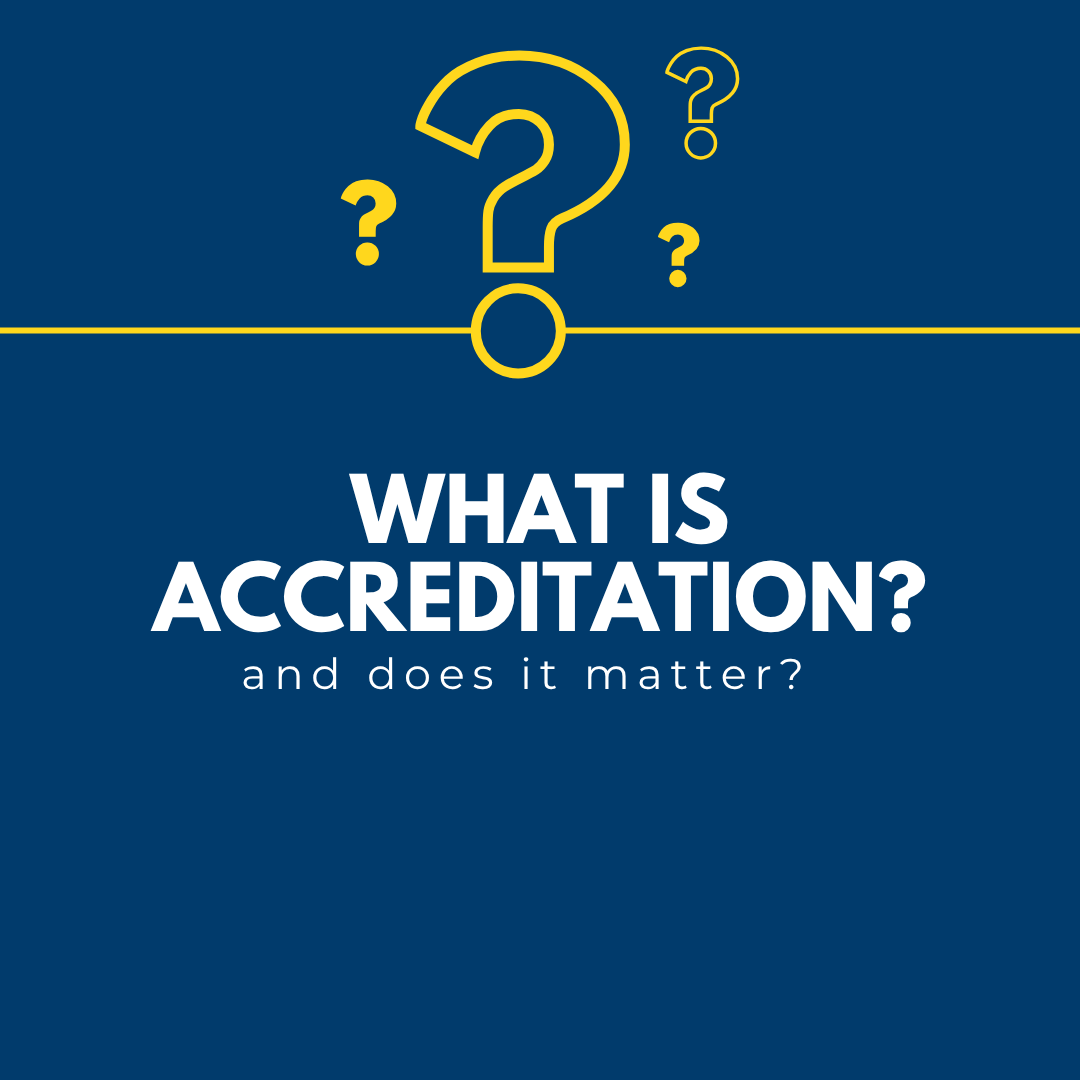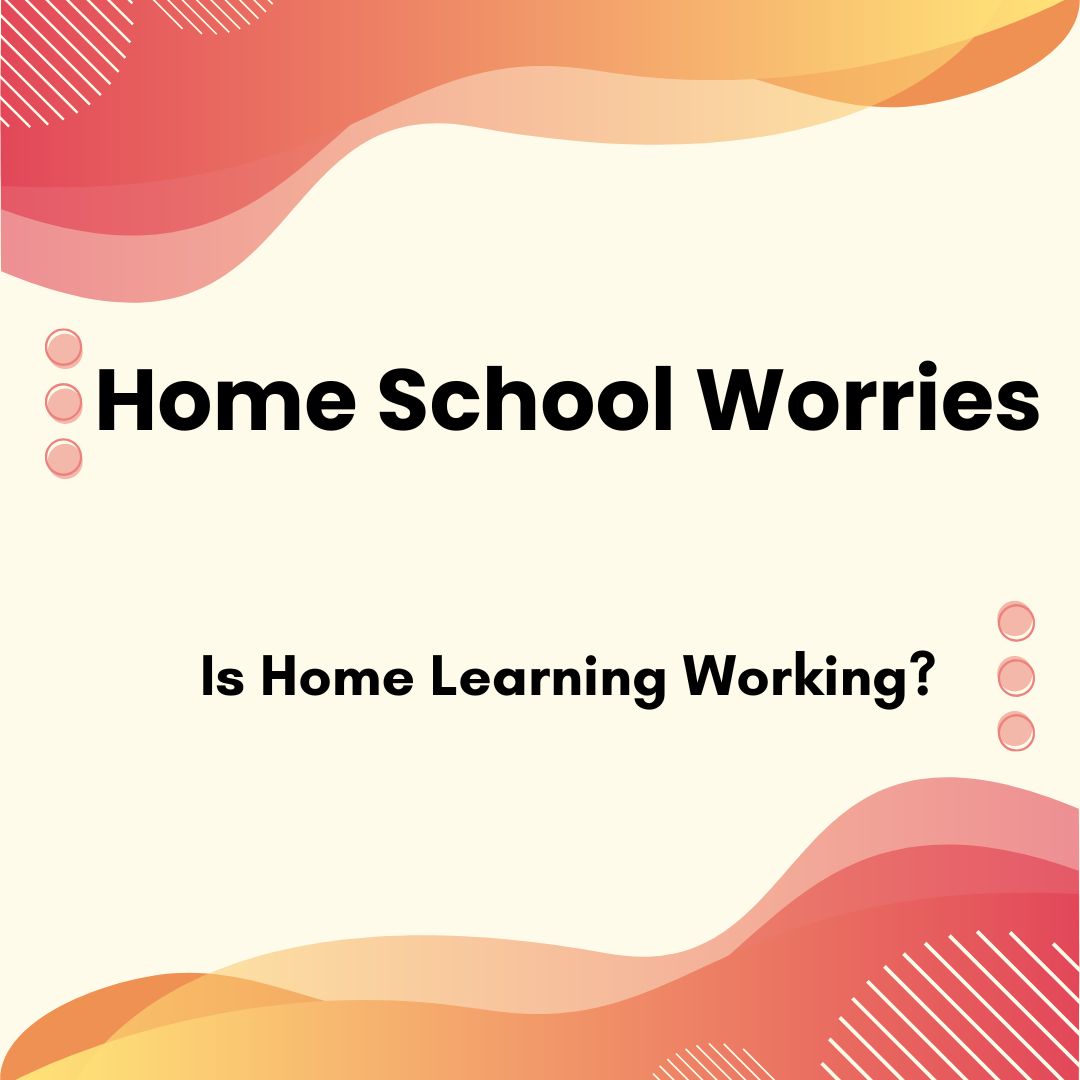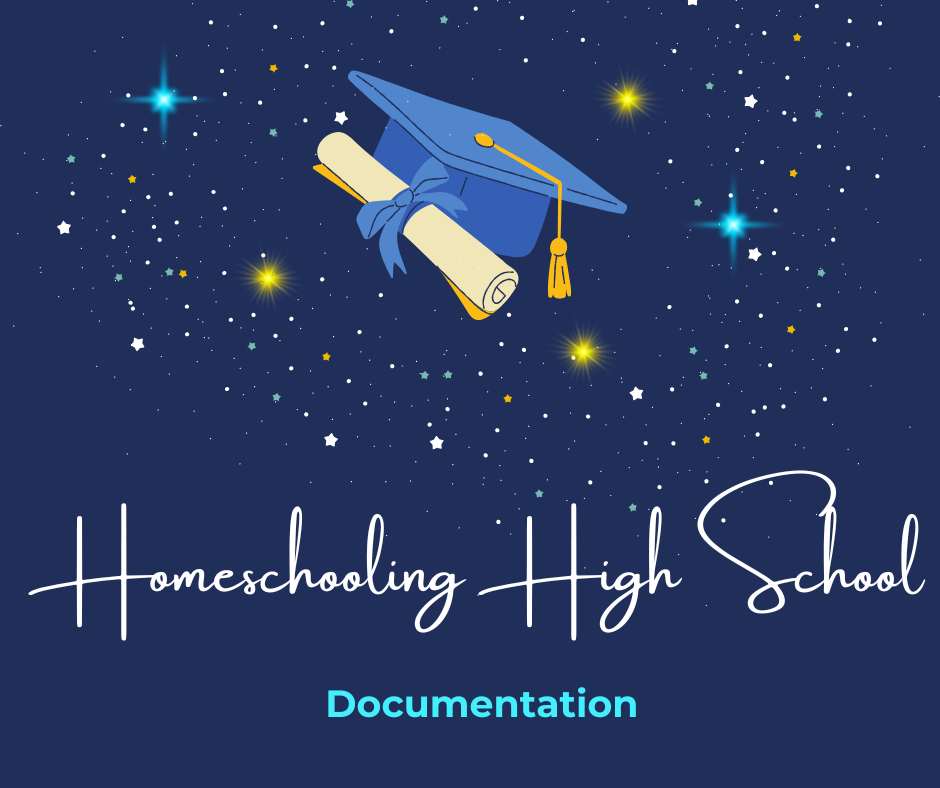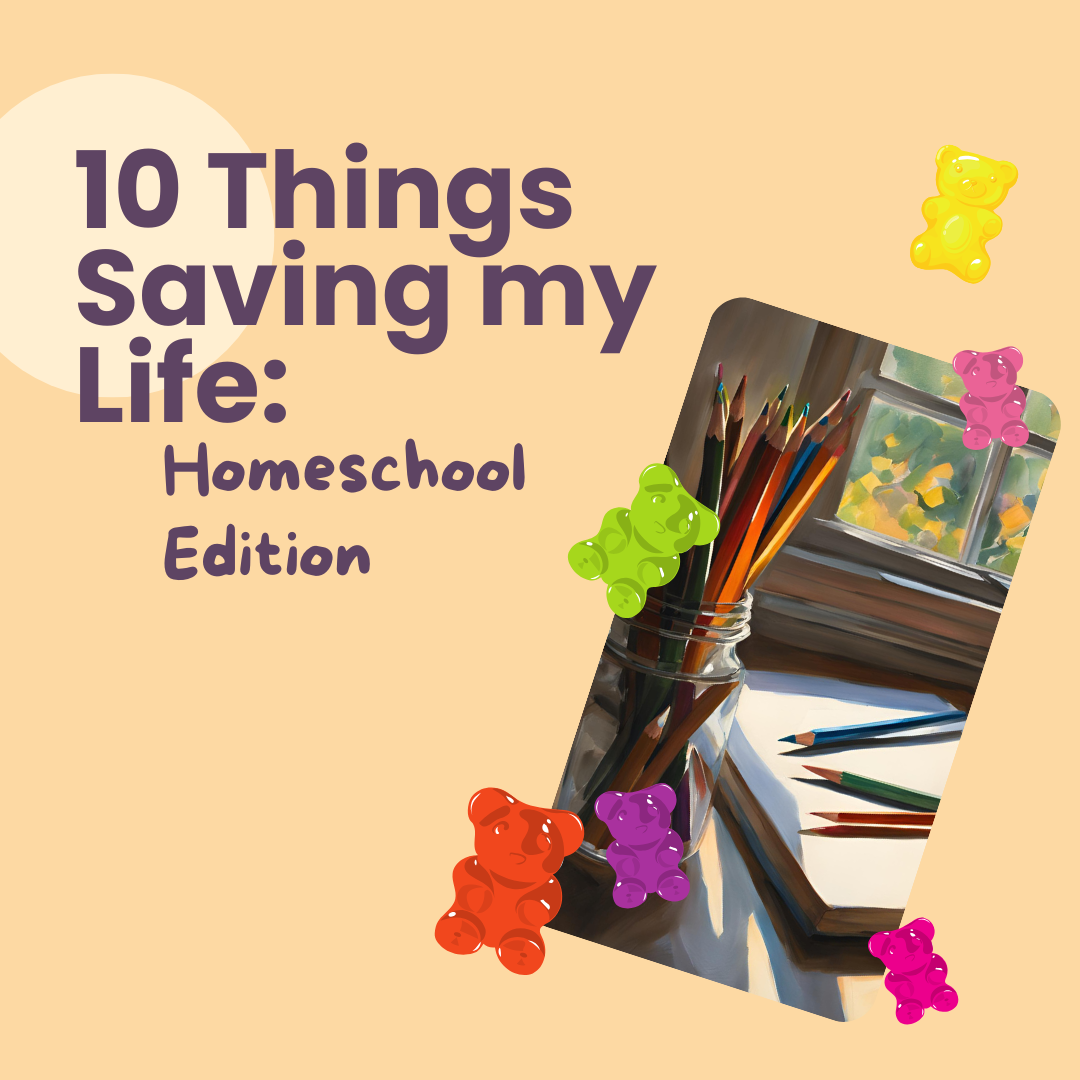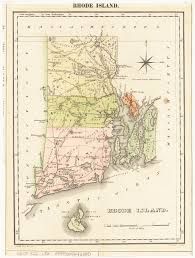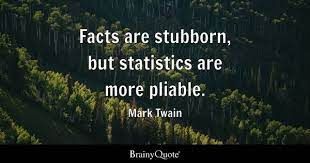Understanding Grade Levels and Curriculum in Homeschooling
What's in Your Control?

Homeschoolers typically do not align their studies strictly with grade levels or age-based skills. Unlike traditional schooling, where curriculum and pacing are generally standardized, homeschooling allows for a more individualized approach. Parents choose the educational materials and levels that best suit their child’s needs, regardless of age or traditional grade placement. For example, if a six-year-old is ready for algebra, a homeschooling parent can choose algebra books—no permission is needed to make that decision.
It’s important to understand that homeschooling means the parent is directing the child’s education. This includes full control over what materials are used, when subjects are introduced, and how progress is measured. You don’t need approval to use second-grade materials with a five-year-old or to skip a grade entirely. However, that control ends once a child is enrolled in a public or private school, where placement is typically determined by age, not skill level. Schools are not required to honor the level of work a child did at home and often assess placement independently.
That said, there may be times when understanding traditional grade-level expectations can be helpful for homeschoolers. Very short-term homeschooling is a good example—such as when a child will return to public school soon and the family wants to maintain alignment for an easier transition. In such cases, parents may find it useful to review the curriculum frameworks used by local school districts.
In Rhode Island, most school districts no longer publicly post their full curriculum online. Notably, the term “curriculum” here refers to the course of study (including standards, instructional strategies, and assessments), which differs from the way many homeschoolers use the word—typically meaning textbooks or online resources.
However, Coventry is an exception. Coventry makes some of its curriculum information available online, especially for elementary levels and for English Language Arts across all grades. These frameworks outline skills by grade and subject, including English Language Arts, Math, and Science. They detail resource titles, learning targets, instructional practices, standards, and assessments. While not all homeschooling families will find such documents necessary, some may find them helpful as a reference or planning tool.
Ultimately, if you continue homeschooling for years to come, you retain full authority over your child’s educational path—including the pace, level, and method of instruction, as well as when your child graduates high school. Public standards and grade levels may serve as a reference point, but they do not define a homeschooler’s educational journey unless a parent chooses to use them.
Share Article
